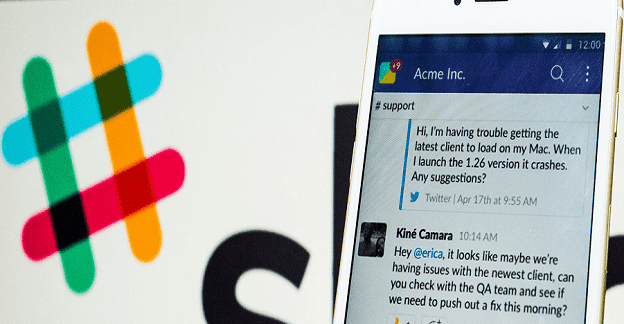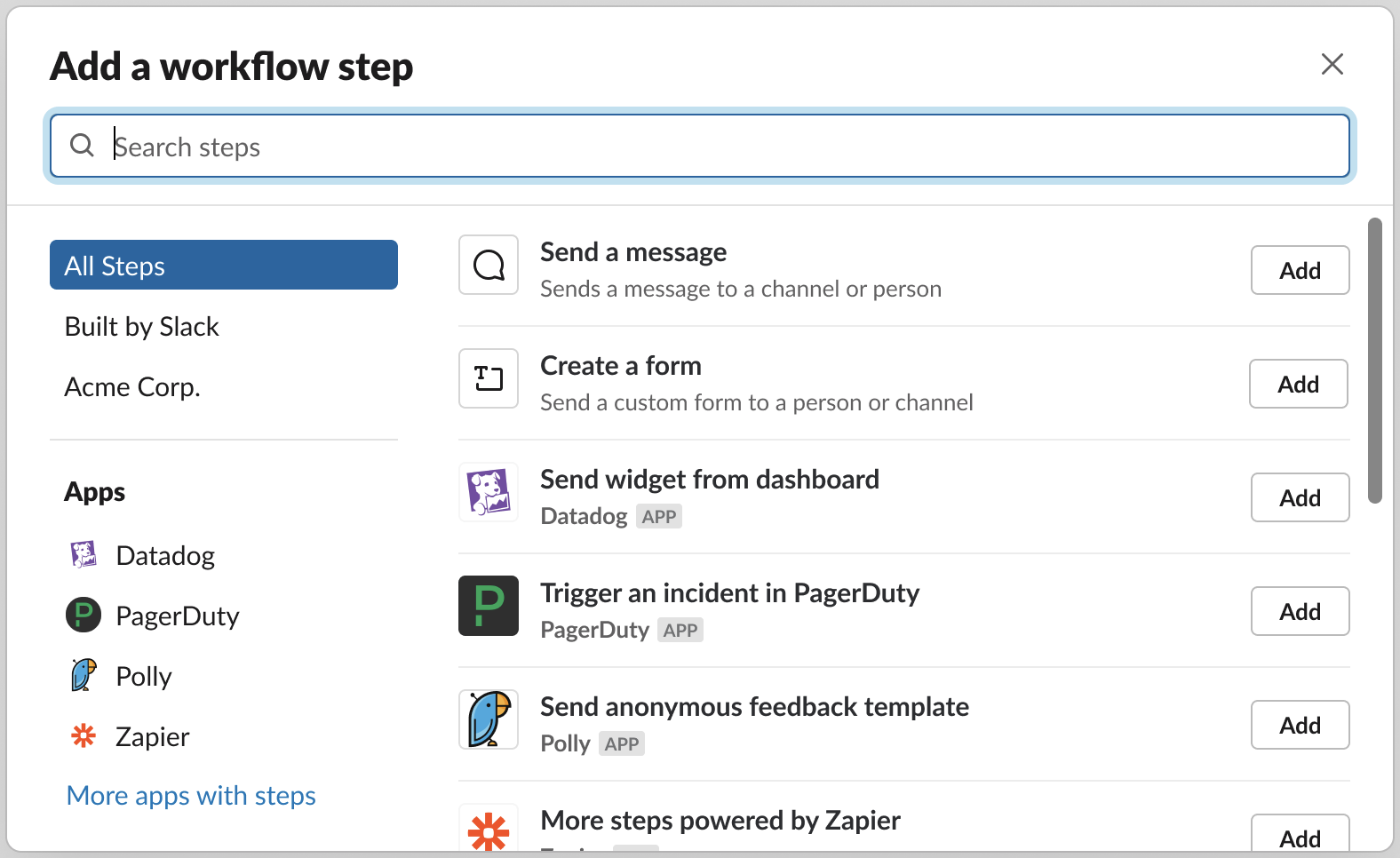

You can also send emails to an entire group here’s how to set it up. Type in your message, choose the recipient, (optionally) add an attachment and send. Selecting it will prompt a window that looks just like a regular email client.

When you do, a shortcut will appear in the “Shortcuts” menu in the bottom-left corner of Slack. You’ll need to connect your email address to a particular channel. Setting it up for sending takes just a minute or two. As you would expect, it allows for sending emails from within the Slack communicator and receiving them in channels. MailClark is a tool for Slack and Microsoft Teams that turns your Slack dashboard into a mailbox. We’ll leave it to you to decide if this would simplify things, though! Sending emails from Slackįor starters, let’s see the available approaches to sending emails from Slack. You could even send entire email campaigns, or move your entire inbox into a single Slack channel, using available integrations. You could send them emails from within the app and, of course, receive their replies using the same or another integration. One likely scenario could be when some of your contacts aren’t on Slack. While pushing emails into Slack is a more common use case, sending from within the communicator is also possible and useful at times. Dev teams will view Github or other notifications right in their channels, and appreciate the chance to discuss them in respective threads. E-commerce platforms will push notifications about new orders or stocks running out into Slack. Of course, there can be many other use cases for receiving emails in Slack. For those that don’t, Slack addons can quickly parse emails and display the relevant information in the channels just seconds after an email arrives.

Many apps we work with have dedicated Slack integrations. At Mailtrap, we have dedicated channels for tracking successful and failed payments, new support emails, blog comments, and error notifications auto-generated by our platform. While Slack effectively reduces the number of emails in an inbox, email provides the additional context in your channels and reduces the time needed to perform dull tasks.Ī natural use case is to forward important transactional emails into Slack channels. Quite the opposite, they can enrich each other in many different ways. It seems that instant messaging platforms and email clients don’t necessarily need to compete with each other. Today, we’re going to explore how to get email and Slack to work together by sending emails from Slack, and receiving email into your Slack channels. All of this while email is still alive and possibly doing better than ever before. Although they haven’t come close to that, they have achieved enormous success and have millions of daily active users, including the majority of the Fortune 100 companies. Slack took markets by storm with its audacious goal of killing email.


 0 kommentar(er)
0 kommentar(er)
